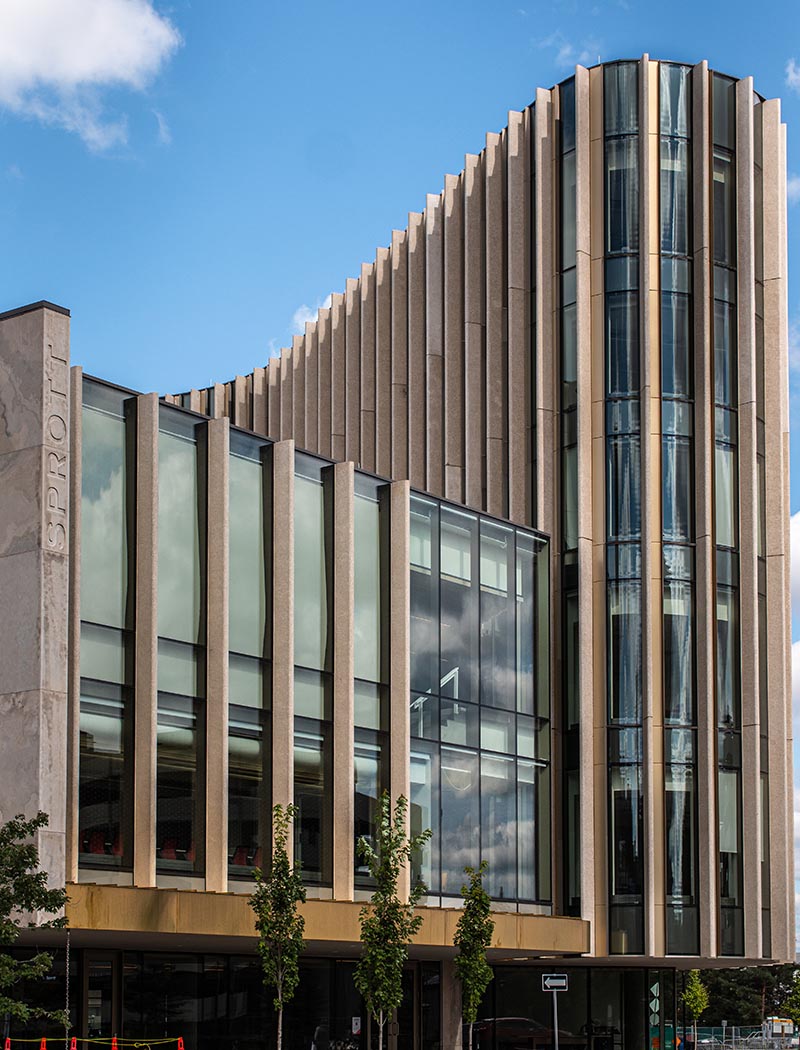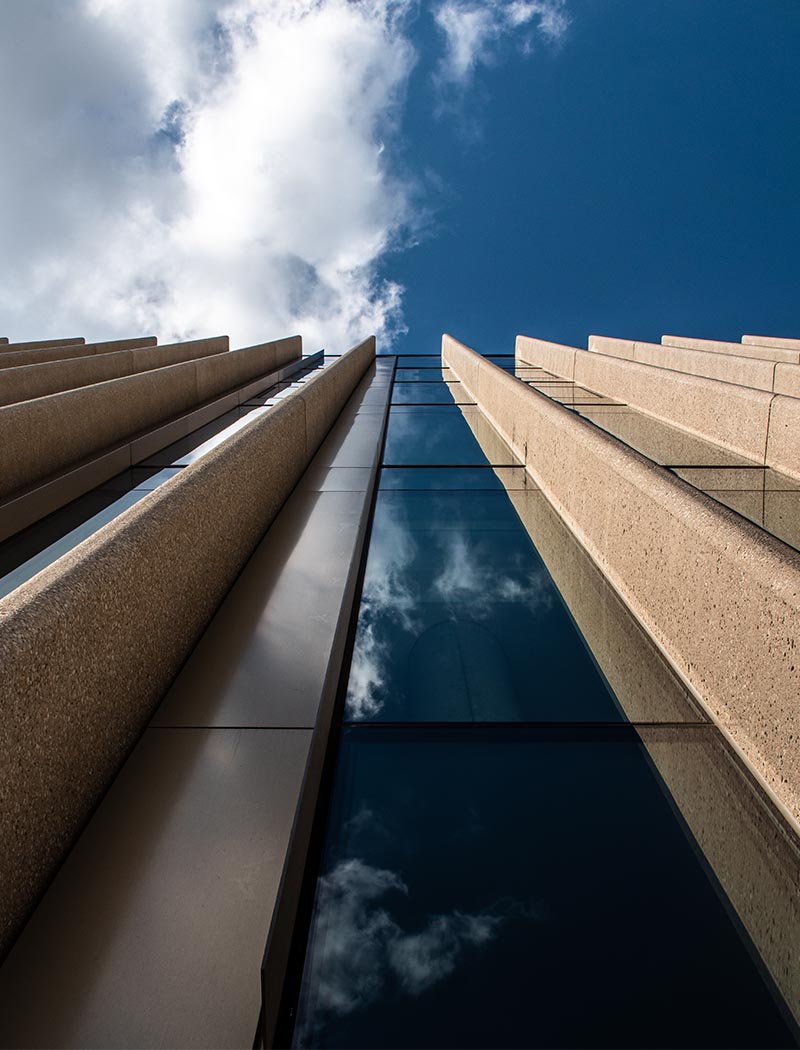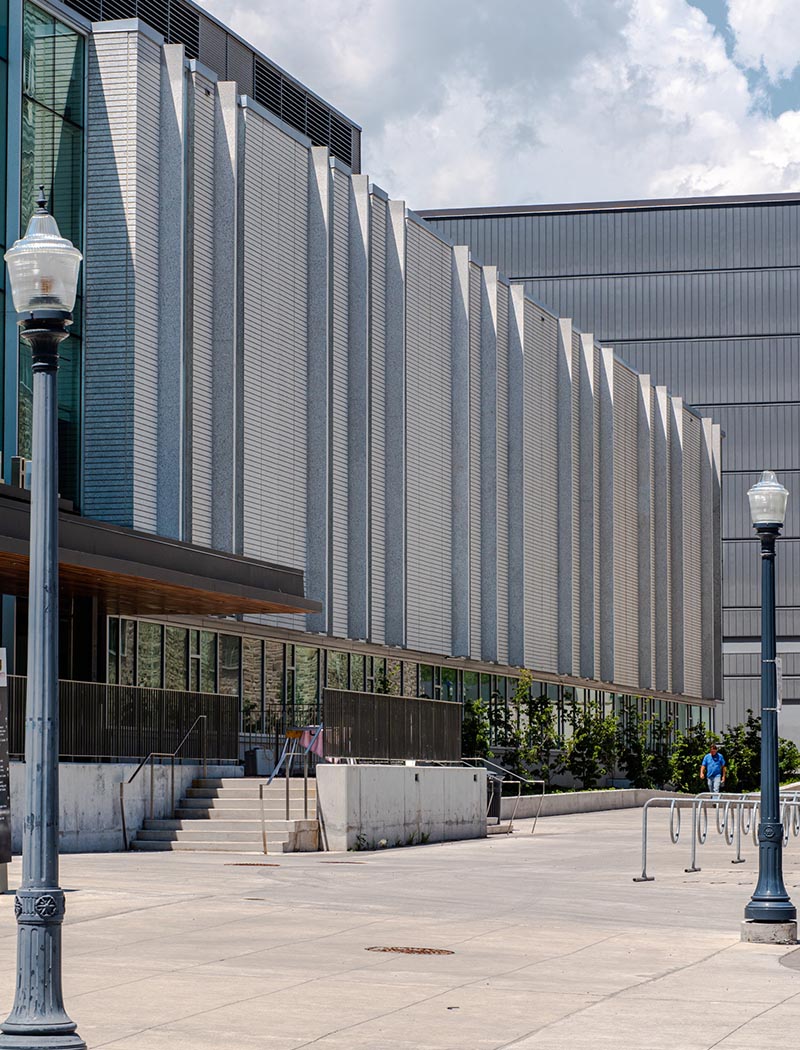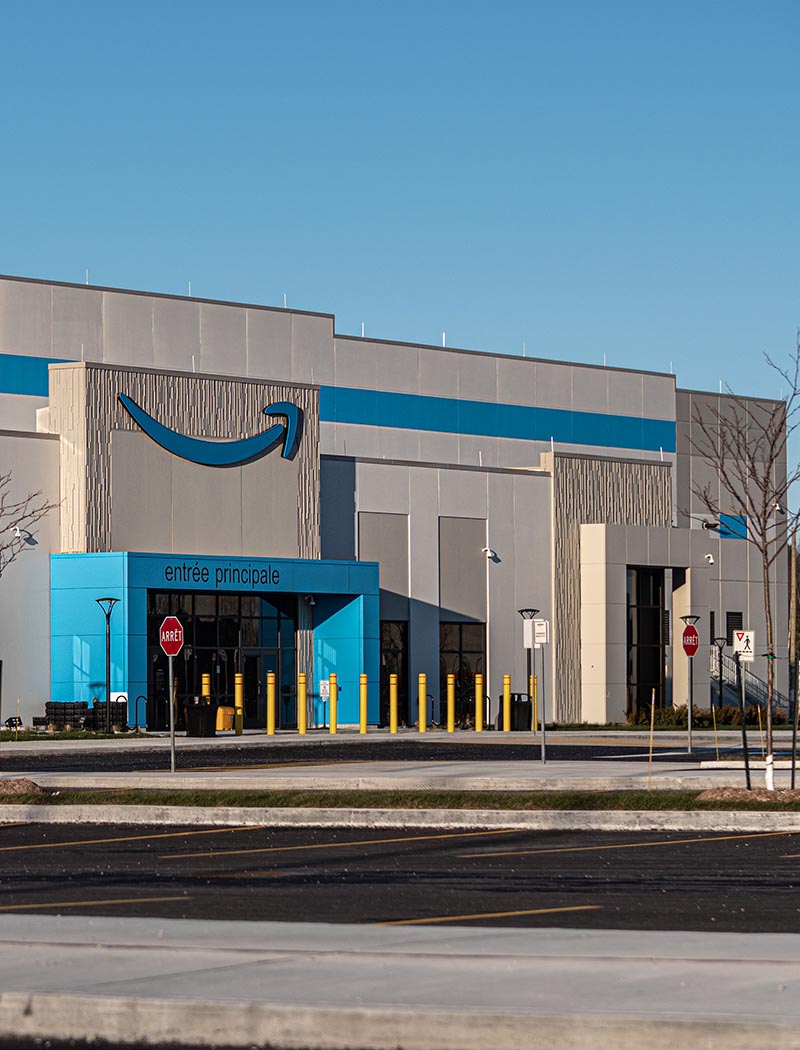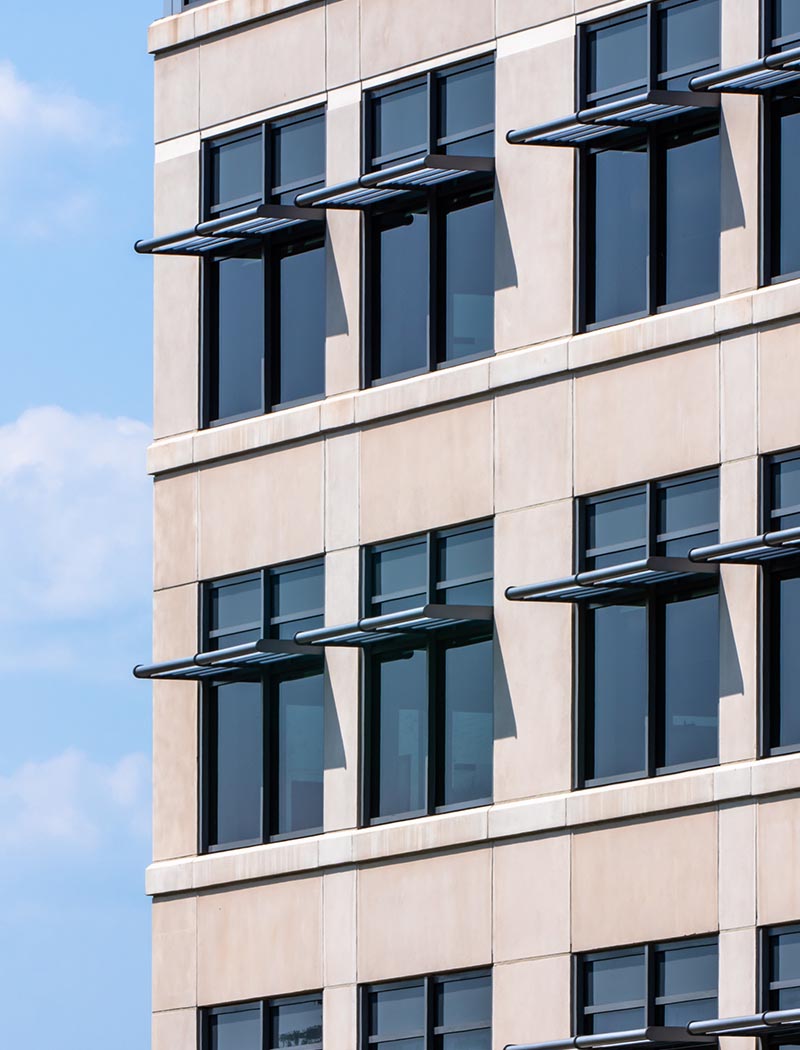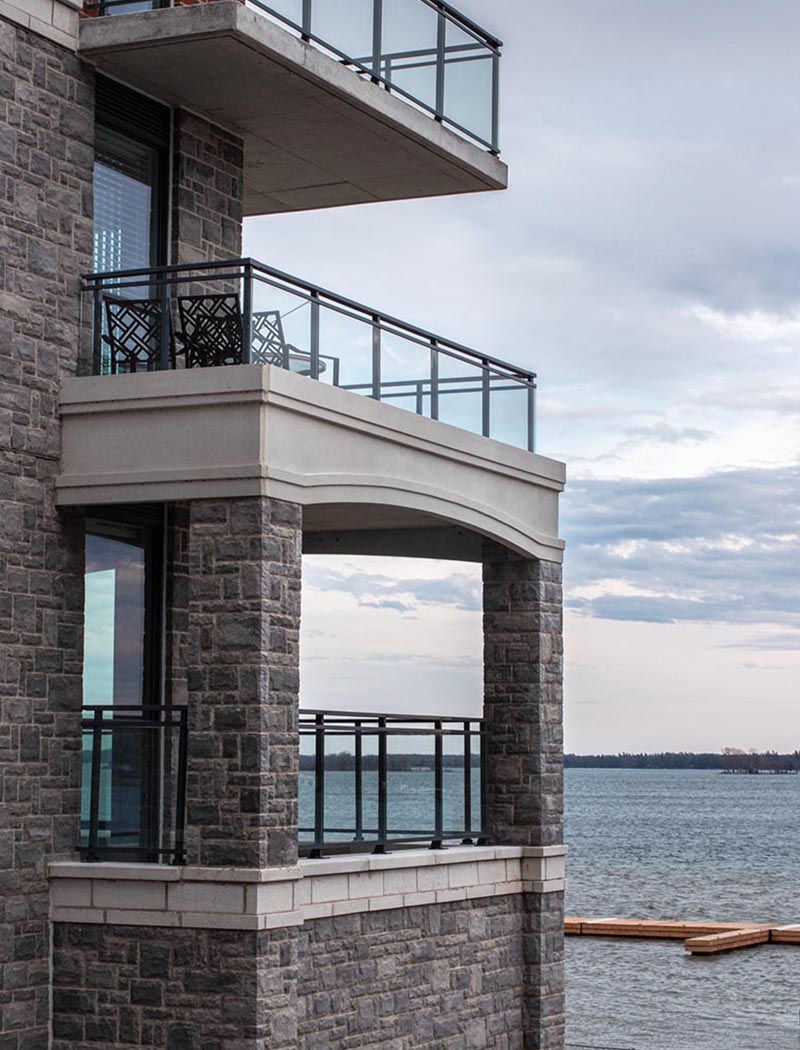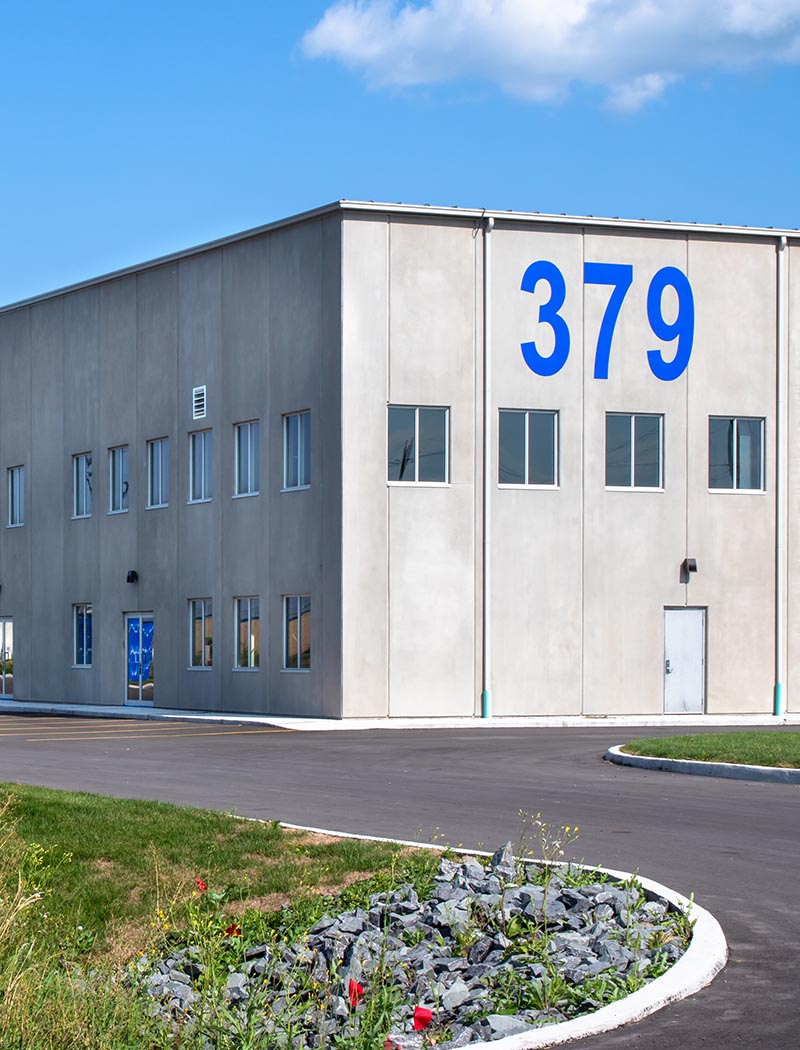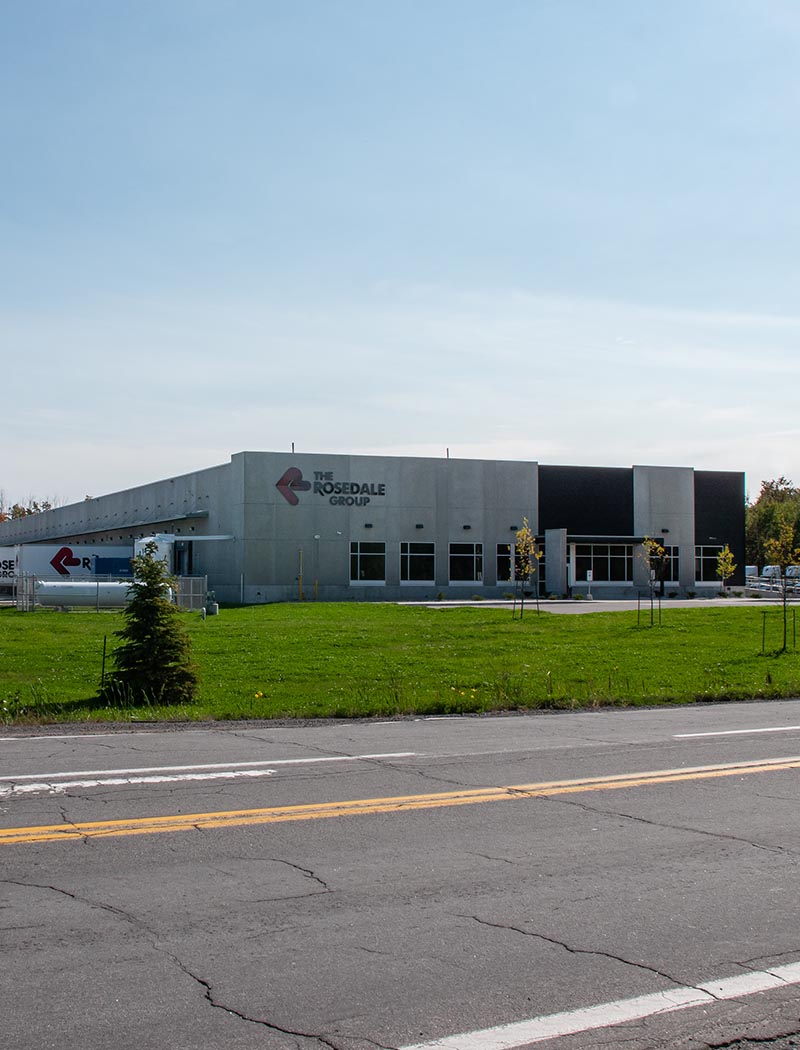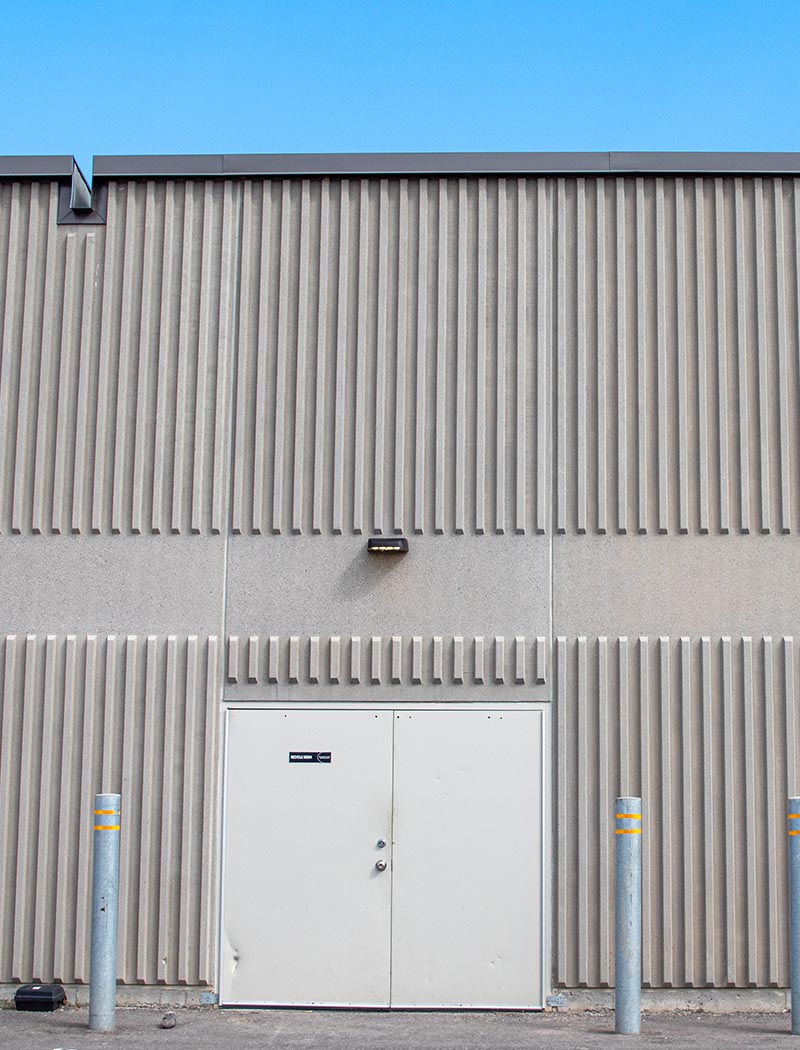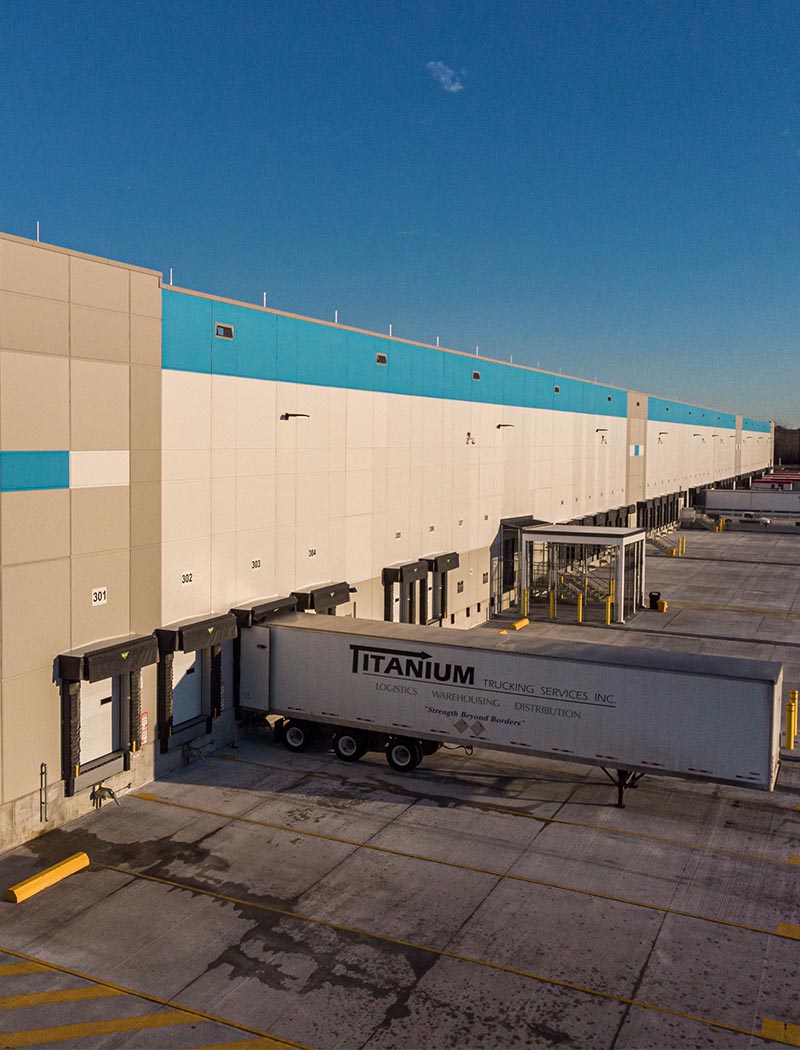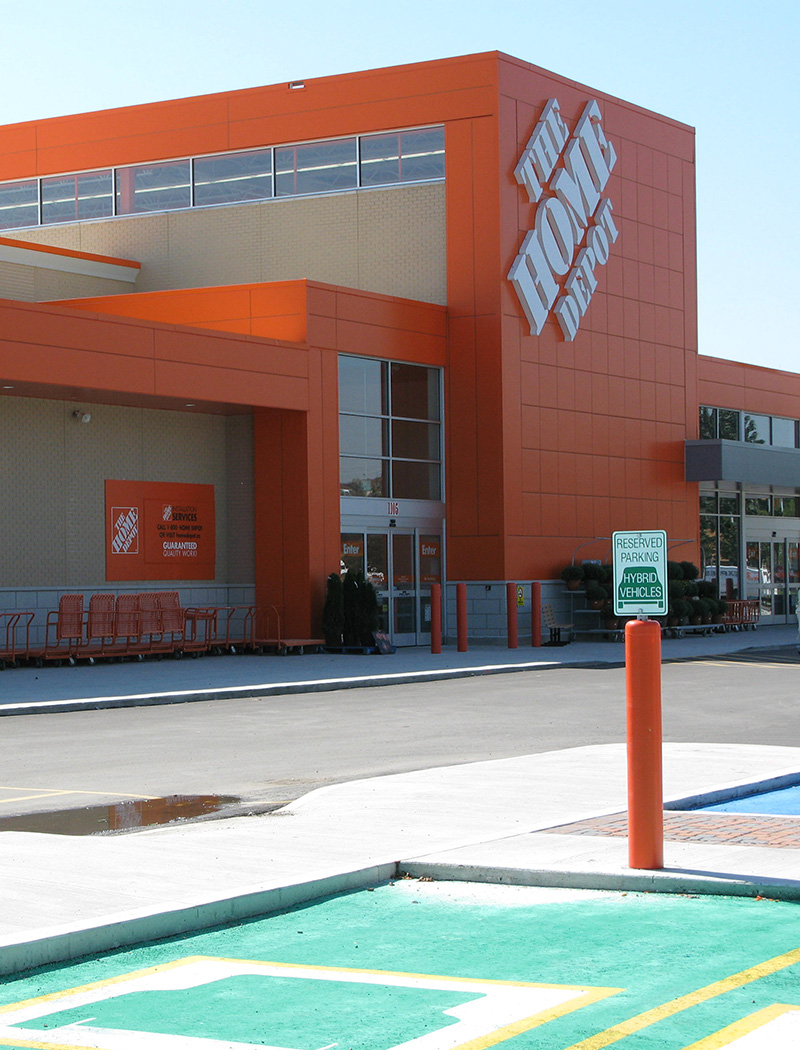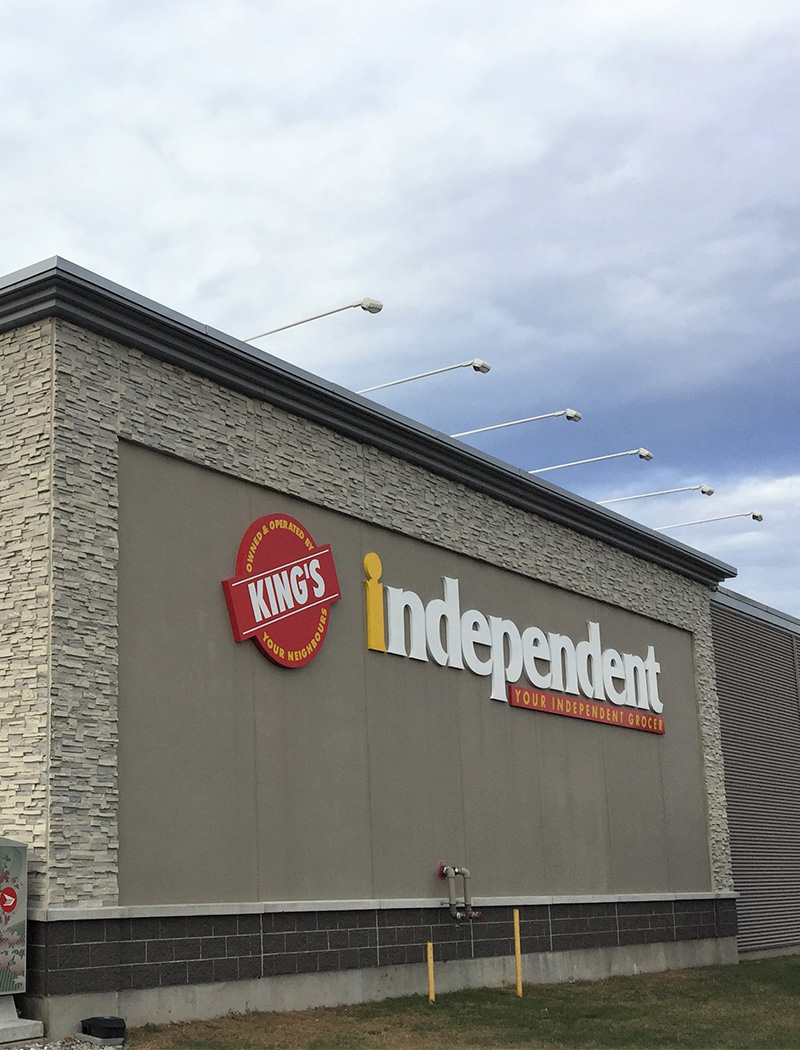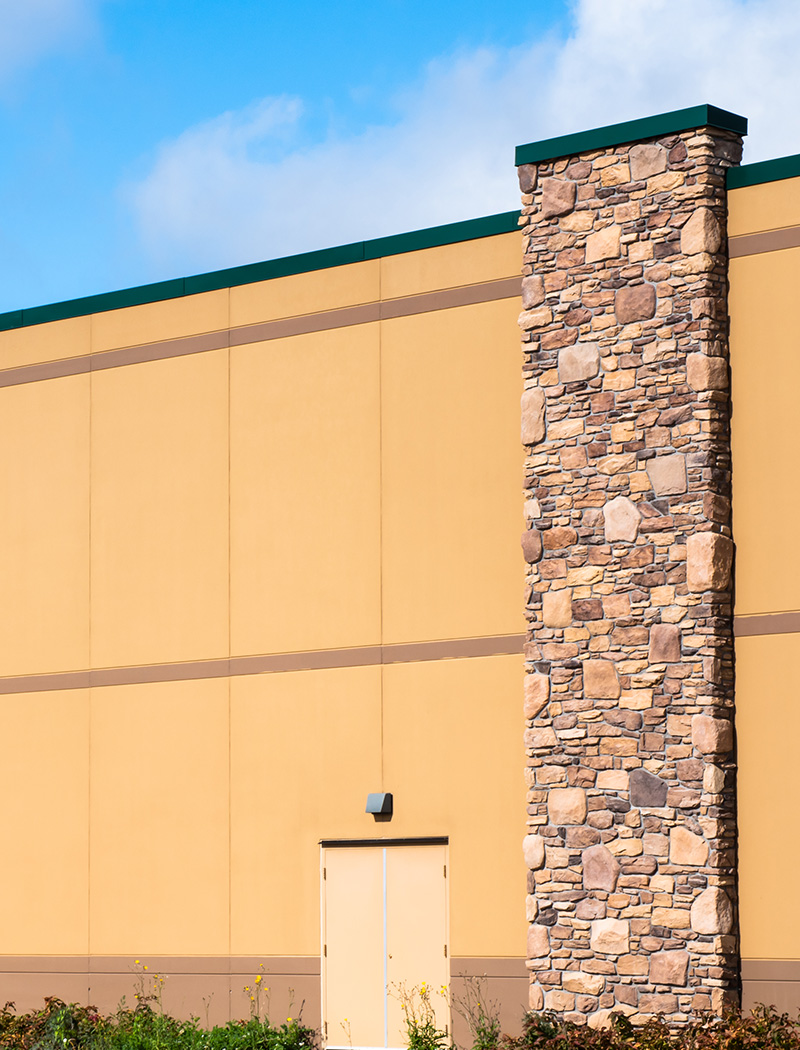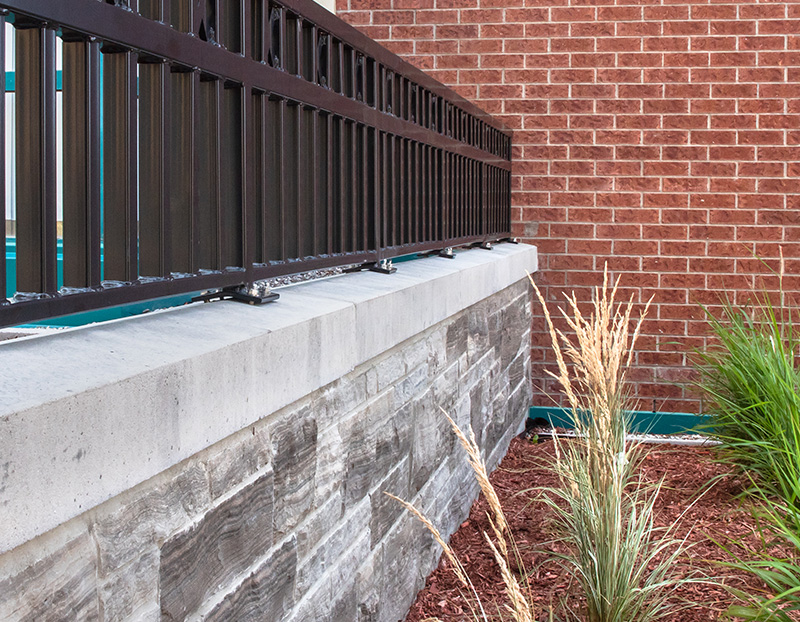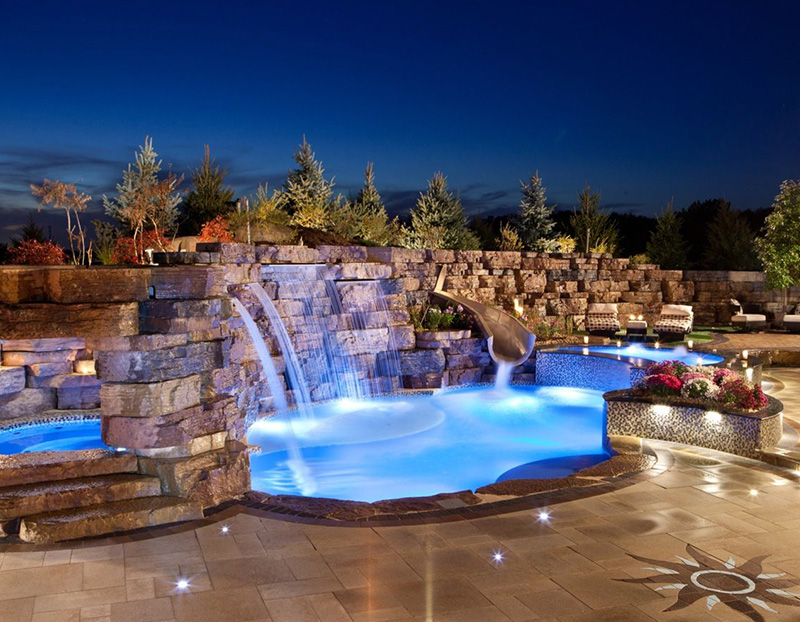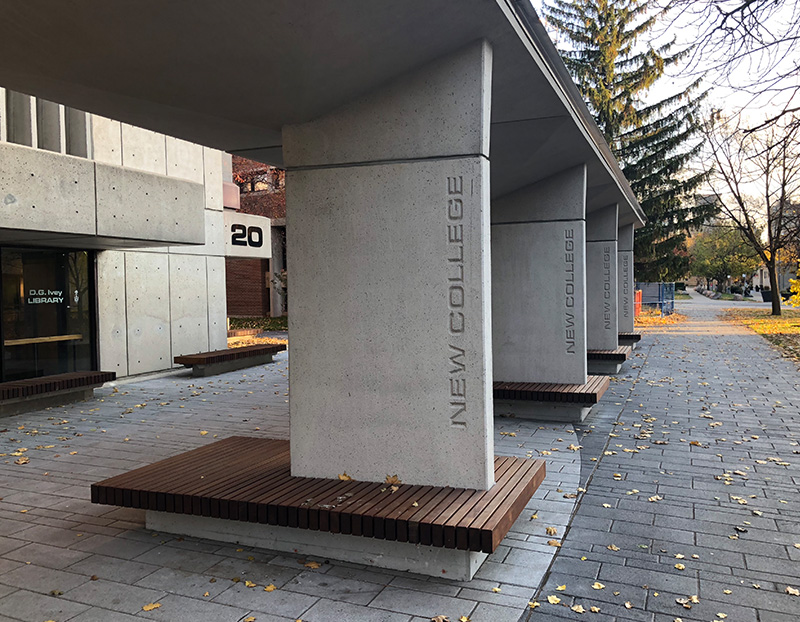Panels
At Central Precast, we typically manufacture two different types of wall systems: solid architectural and Thermowall ®. They can be used on all types of structures and can be designed as non-loadbearing or structural (loadbearing), where they become an integral part of the structure.
Precast concrete wall systems can be manufactured in a wide range of widths, lengths, thicknesses with many available exterior finishes and they can also include special sculptured effects to provide visual expression.
Precast concrete can be cast in almost any colour, form, or texture to meet aesthetic and practical requirements. Surface textures range from smooth, through a variety of ribbed, form, sandblasted, and exposed aggregate finishes. The low maintenance requirements of precast, along with the thermal resistance, means savings over the entire life of a structure.
Endless design possibilities for commercial and residential applications
Quiet and secure
Can be used for interior or exterior applications
Fire resistant
Panels have attractive exterior surfaces and have hard and optionally smooth interior surfaces (ready for paint)
Speed of installation surpasses any other building material which results in substantial cost savings and reduced building times
Higher thermal resistance than conventional building materials such as glass, brick, or metal which minimizes heat gains and losses
Panels allow for easy removal and reuse in building expansion or adaptation to new uses during the life of a structure
ARCHITECTURAL PANELS
Architectural panels are typically produced as a solid panel as opposed to an integrated insulation system. These solid panels are then attached to the steel structure of the building and will act as the exterior façade.
To complement the incredible variety of colours and textures available, various other materials may be cast on the face of precast concrete panels. Natural stone, such as polished granite or marble, as well as clay brick veneer, have been cast into panels for a unique appearance that is unachievable through other building materials.
THERMOWALL® SYSTEMS
Precast concrete insulated Thermowall® panels provide a functional and aesthetic wall system. The panels consist of two conventionally reinforced or prestressed concrete wythes with a continuous layer of rigid insulation (typically extruded polystyrene) sandwiched between the two wythes. Solid precast exterior and interior wythes protect the insulation and prevent settling or shifting that could reduce thermal efficiency. The type and thickness of rigid insulation contained in sandwich panels can vary with the thermal requirements of the building. The thermal mass characteristics are unmatched by any other material. A higher thermal rating means more energy savings over the entire life of the structure.
STRUCTURAL (LOADBEARING) PANELS
Both architectural and Thermowall® panels can be designed as loadbearing structural panels where they can become an integral part of the structure. This is both a structurally efficient and economical means of transferring floor and roof loads through the structure and into the foundation. Loadbearing panels can reduce costs and simplify construction when they’re integrated correctly into the design of the building.
